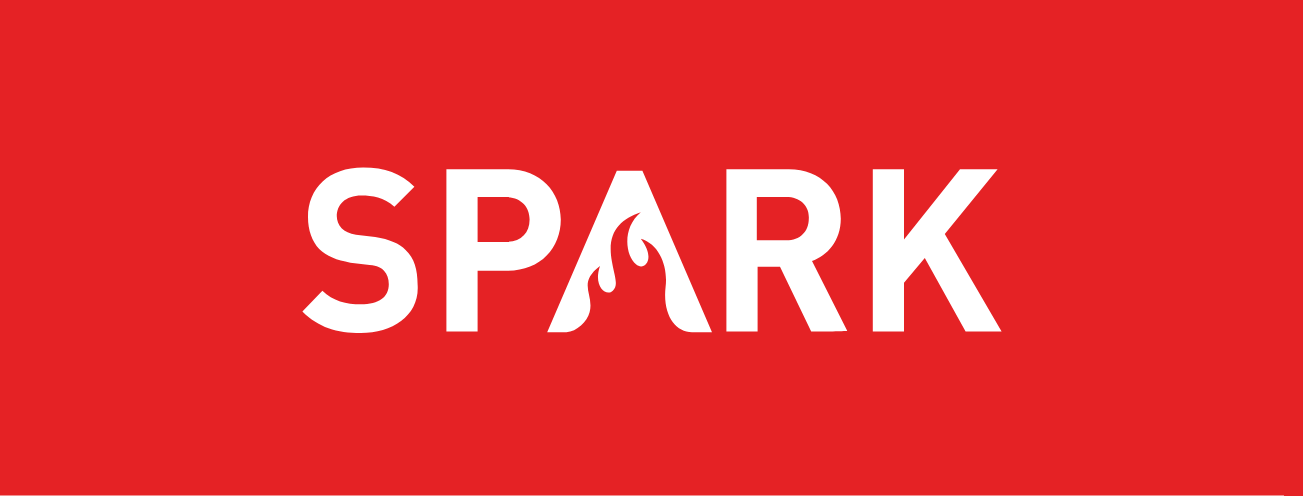

Marriott’s Tribute Portfolio positions itself as, “A family of independent boutique hotels bound by their indie spirit and heart for connecting people and places.” Tribute Portfolio offers characterful hotels each with their own personality and all rooted in their local community. While this job is similar to autograph, they are often shorter and less intensive. Instead of pulling a brand story through every aspect of the hotel, we focus on pulling our character through captivating design, spaces with spark, and sincere service.
Prior to the Immersion and/or Stakeholder Meetings, the entire project team should regroup to review the signed contract and next steps. Prepping with the team ensures everyone knows what to be looking for during the immersion, which makes our time there as efficient as possible.
Team: Copywriter (CW)
Deliverables: Immersion Agenda | Internal Kickoff | Travel Request | Approved Timeline | Project Plan
Make sure the room is blocked-off 30 minutes prior to actual start time to allow for set up
Building a brand on top of something the client doesn’t 100% agree with is a recipe for disaster, so this step ensures everyone is aligned on what this property will do and stand for.
Team: Brand Coordinator, Copywriter
Deliverables: Discovery & Positioning Presentation
While positioning is internal, the brand foundation (brand story, personality, and core values) is the start of external communications. They tell your customer what you’re all about, why you exist, and serve as a guide to come up with interesting on-property experiences. Furthermore, it influences how all that information is disseminated. While some clients will ask, “When can I see the logo?” it’s important to remember that this step is an important one.
Team: Brand Coordinator, Copywriter
Deliverables: Brand Foundation Presentation
From mythical goddess to a completely new word, we use everything we’ve created together to date to inspire a name. This, along with your brand foundation, influences everything else about the way your brand walks and talks. Like naming a child, this can be difficult and subjective, so our process is designed to support clients as much as possible.
Team: Copywriter
Deliverables: Naming Presentation
Projects associated with Marriott require occasional meetings for their team to assess the progress of the project. Their goal is not to say “yes or no” but to help refine the work and keep it up to their operational and design standards. This is our time to be guides for our clients and help them navigate this process and receive the needed sign off.
Team: Brand Lead
Deliverables: Marriott Presentation | Marriott Presentation Expectation Sheet
Your identity is the visual pieces of your brand. Logos, colors, icons, and patterns come together to make the brand story tangible.
Team: Design Lead, Designer
Deliverables: Identity Presentation
While a larger brand guide will be created, at the phase we provide clients with the basics so they can begin to utilize the brand appropriately.
Team: Designer
Deliverables: Identity Usage Guidelines | Logo Package
This is now the second check in with Marriott. While in some cases, there might be more, this is usually the last time SPARK and Marriott directly interact.
Team: Brand Lead
Deliverables: Updated Marriott Presentation
Whether it’s restaurant, 2nd campus, or company service line, each must have a unique but aligning identity for a seamless hotel experience.
Team: Copywriter
Deliverables: Outlet Naming Presentation
This step follows the same format as Step 5, hotel naming. However, the boxes around this are often far more set. Ex: The owner’s mother, a part of the story we liked but hadn’t used yet, something based off of the main name, etc.
Whether it’s restaurant, 2nd campus, or company service line, each must have a unique but aligning identity for a seamless hotel experience.
Team: Design Lead | Designer
Deliverables: 2 Outlet identities
This step follows the same format as Step 6, hotel identity development. However, the boxes around this are often far more set. While there is still creative freedom, Tribute Outlet identities are in some way shape or form connected to the main identity.

